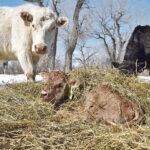In many cattle operations, the biggest problem is keeping calves healthy during the first two months of life, or until they are processed for pasture. When checking the performance of young calves, watch for clinical signs that they may need attention and be ready to treat them. By taking the animal’s temperature, producers can better […] Read more
Tag Archives Animal Health column
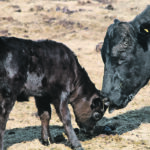
Preventive therapeutic drug may help prevent coccidiosis
A few weeks ago, I had a conversation with a veterinarian who was dealing with a herd with a significant coccidiosis outbreak. Shortly after, I came across a recent clinical trial that evaluated one of the drugs that can help to control the disease. The authors of the research paper evaluated the use of a […] Read more

Animal health information must come from reliable sources
When it comes to cattle health, welfare and productivity, producers must make sure they are getting accurate information from reliable sources and be open to new ideas. Animal health professionals and progressive producers are great places to start. The internet contains a lot of information, but producers must be selective. In Western Canada, there are […] Read more
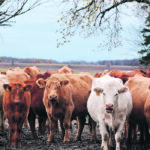
Investigation finds unusual cases of pneumonia in cows
The disease investigation unit at the University of Saskatchewan’s Western College of Veterinary Medicine has recently been involved in two separate incidents of adult cows dying unexpectedly. One outbreak occurred in a dairy herd and another in a cow-calf operation. In both situations, the main cause of death in these adult cows was diagnosed as […] Read more
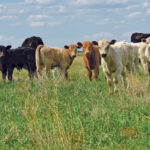
Use of intranasal vaccines particularly beneficial for calves
With so many intranasal vaccines on the market, I thought a quick review of their administration might be in order. All intranasal vaccines are live or avirulent live so they need to be mixed and the powder activated. Like other modified live vaccines, their time active when mixed is one to two hours. There are […] Read more
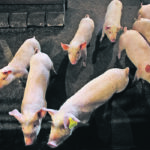
Vet traces recent mystery of pig deaths to rare cause
Hoofbeats on the Prairies aren’t always horses. Sometimes they are zebras. Diagnosing toxicities in modern swine production is rare. Housing pigs in confinement reduces accidental exposure to a lot of toxic substances that may be found in farmyards. Pigs, by their nature, are also somewhat resistant to noxious compounds and chemicals that can be toxic […] Read more
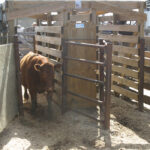
Combination products can save labour, reduce injections
More and more animal health products and procedures are being combined. They are designed to reduce labour, needle use and in some cases, passes through the chute. Some products come in methods that require no handling of the animals at all, which may be a labour saver as well. It is important to consider the […] Read more
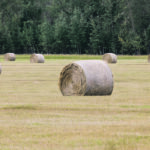
Testing more important than ever due to alternative feed
It’s time to start planning our winter feeding programs for our cow herds. This year, there will be a lot of alternative feeds used in Western Canada because of the drought. That means feed testing will become more important than usual. I’ve come up with the five steps to consider when getting feed tested. Get […] Read more
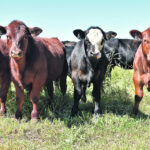
New intranasal vaccines offer calves combined protection
There has been considerable research into intranasal vaccines and how they can improve the health of the Canadian cattle herd, especially calves. Those of us who have been around awhile can remember the first intranasal vaccines for IBR that were safe to give pregnant cows to prevent abortions from the virus. At one time we […] Read more
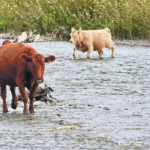
Risk of fog fever in cattle potentially higher this autumn
In many parts of Western Canada, we have suffered through a significant drought this grazing season. As well, in some areas we have seen some precipitation late in the summer and early fall, which has resulted in regrowth of forages on pasture. These are ideal conditions for a potentially fatal condition known as fog fever, […] Read more

